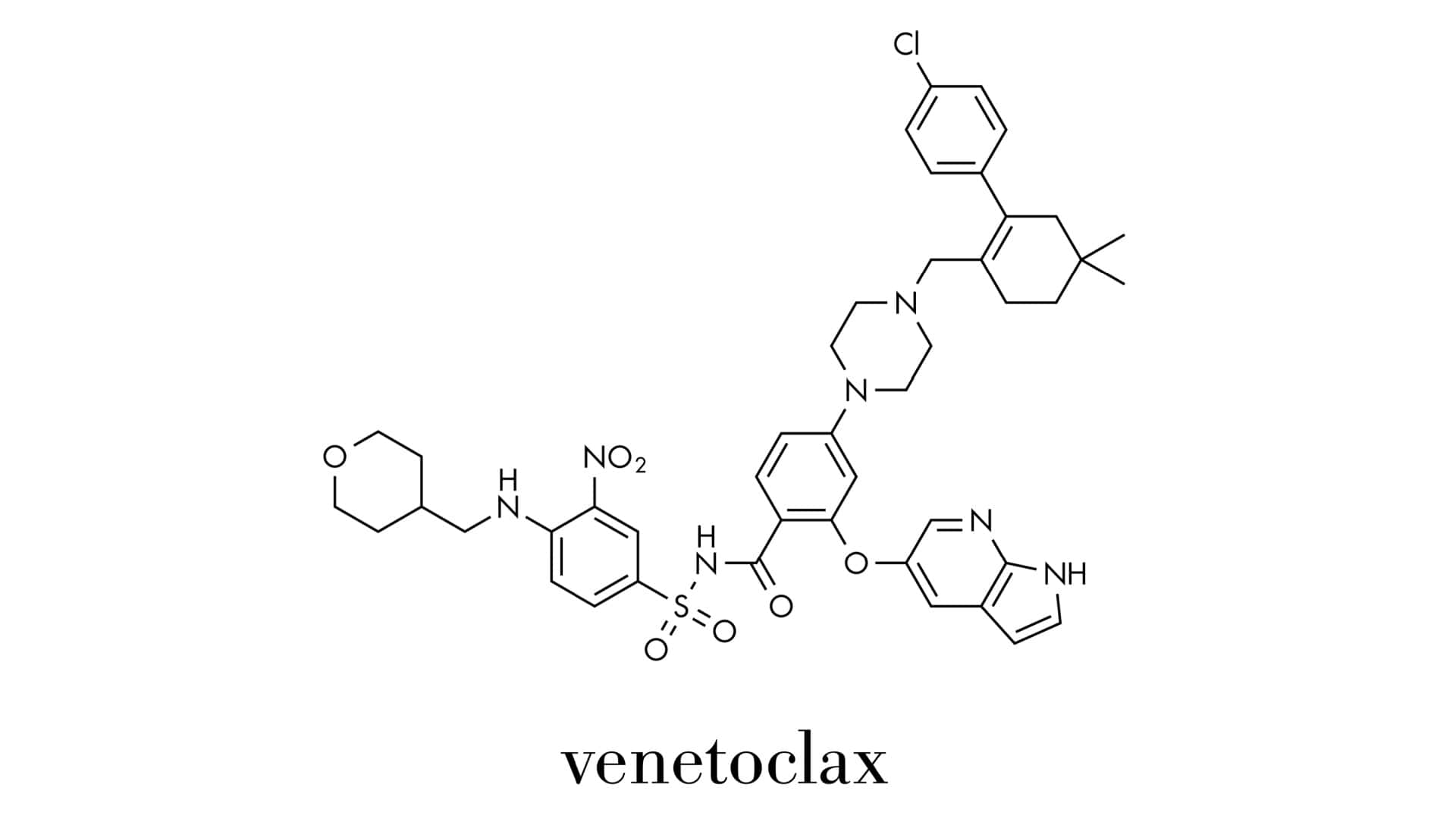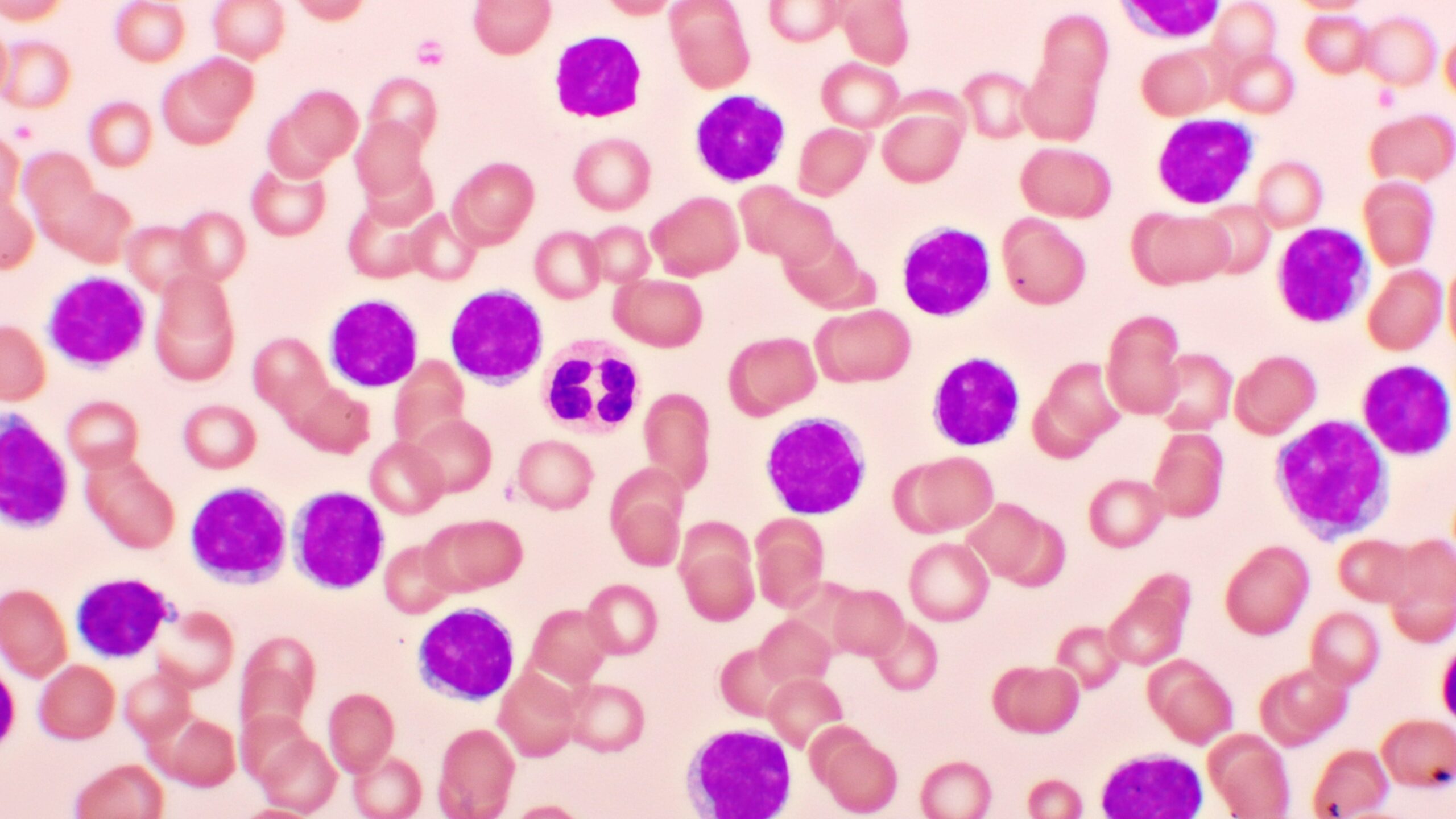
Allogeneic hematopoietic stem cell transplantation (HSCT) is a treatment option for young and fit patients with high-risk chronic lymphocytic leukemia (CLL). Francesca Perutelli, MD, and colleagues noted that data on targeted therapies in patients who relapse after undergoing HSCT are highly limited, as most of these patients are excluded from clinical trials.
The research team sent surveys to 53 hematology centers in Italy to collate any available data. Thirty-five centers responded. A total of 7 previously transplanted patients who relapsed and then received second-line venetoclax therapy were identified. After review, the investigators concluded that previous allogeneic HSCT did not impair venetoclax activity, and patients achieved objective responses without worsening graft-versus-host disease (GVHD). Their findings were featured at the 2023 Society of Hematologic Oncology Annual Meeting.
Venetoclax in Relapsed CLL Not Impacted by Previous HSCT
Treatments prior to allogeneic HSCT included chemoimmunotherapy in 7 patients, ibrutinib in 5 patients, and idelalisib in 1 patient. Authors noted 3 of the 7 patients had previously received venetoclax-based therapies before undergoing HSCT. Among the patients, 6 received venetoclax monotherapy and 1 received venetoclax plus obinutuzumab. Venetoclax doses were 400 mg daily in 5 patients, 300 mg daily in 1 patient, and 200 mg in 1 patient.
According to the report, venetoclax was safe, with an adverse event profile consistent with venetoclax outcomes in clinical trials. Specifically, neutropenia and infections were recorded for 5 patients. Additionally, 5 patients with preexisting chronic GVHD did not have exacerbation after starting venetoclax. Two of these patients had improvements in GVHD symptoms, and 3 were able to reduce steroid doses. Authors noted only 1 patient developed GVHD during treatment, and no patients required additional immunosuppression.
Lastly, 5 of the 7 patients achieved a clinical response. Two of the 5 patients achieved measurable residual disease in bone marrow, and 2 patients had sustained responses after 2 years of venetoclax therapy.
“To our knowledge, this is the largest reported series of CLL patients treated with venetoclax after allogeneic HSCT,” Dr. Perutelli and colleagues summarized. “In this cohort of heavily pretreated and high-risk patients, previous allogeneic HSCT did not compromise sensitivity to venetoclax.”
Related: Defining Disease Features, Treatment Options in Patients With CLL





 © 2025 Mashup Media, LLC, a Formedics Property. All Rights Reserved.
© 2025 Mashup Media, LLC, a Formedics Property. All Rights Reserved.